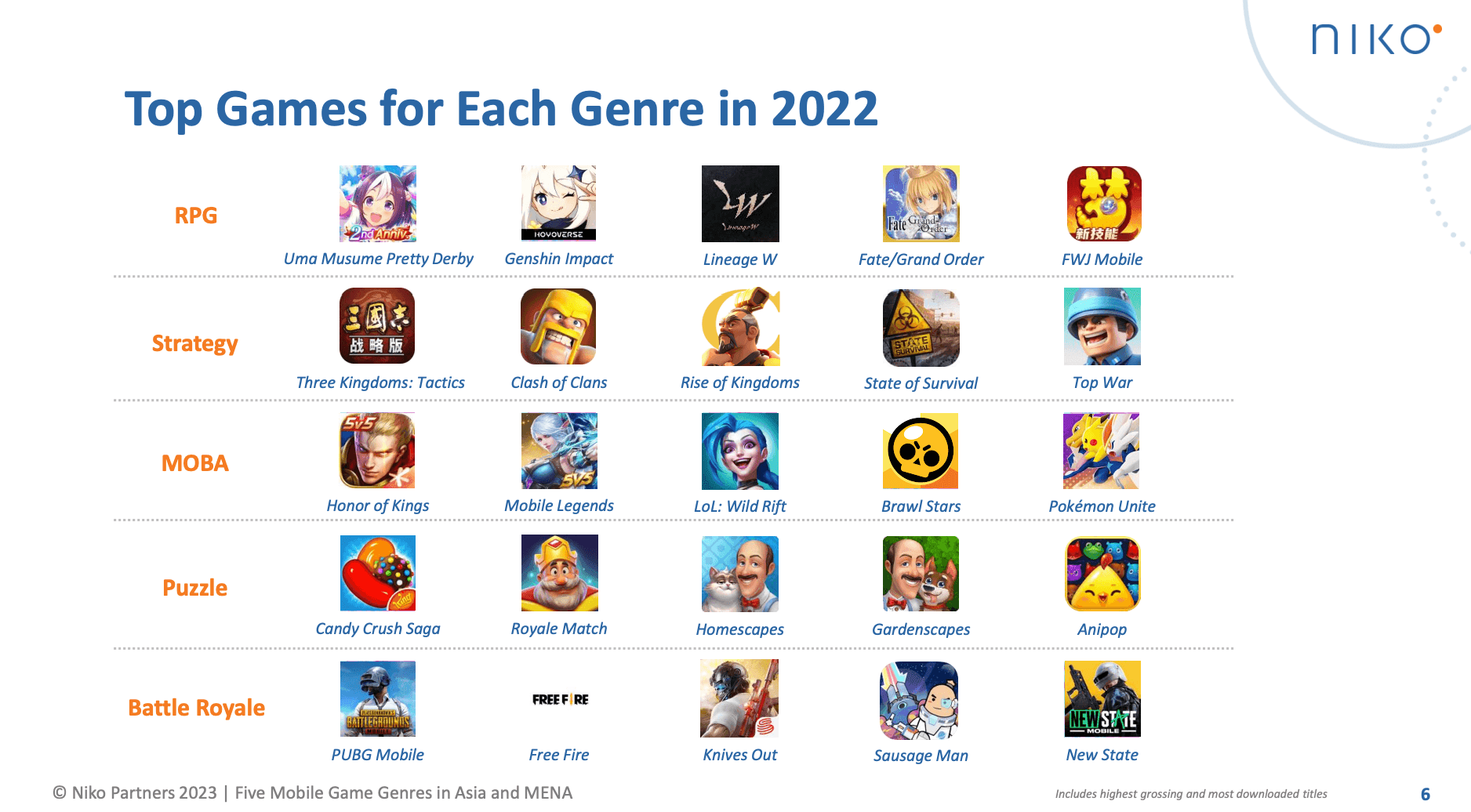Clair Obscur: Expedition 33, developed by Sandfall Interactive in partnership with Kepler, has quickly established itself as a commercial success. The game sold over 2 million copies within its first 12 days of release, far surpassing industry expectations. Initial estimates predicted sales of just over 350,000 units by this point, but strong demand pushed actual sales nearly six times higher. According to GameDiscoverCo, approximately 60 percent of those sales were on Steam, around 30 percent on PlayStation, and the remainder on Xbox. The game also benefited from being a Day 1 Game Pass title, with over one million players trying it through that platform.

How Gaming Subgenres Drive Market Success
Making a Successful Game
One of the key factors in the game’s success appears to be its genre positioning. Clair Obscur occupies a relatively rare space as a Western-developed, turn-based RPG with AA+ production values. Few titles have targeted this specific niche in recent years, outside of select retro-style projects like Sea of Stars. What sets Clair Obscur apart is its attempt to modernize the turn-based RPG format through the integration of real-time Quick Time Events (QTEs) and an overworld navigation system that draws inspiration from Souls-like mechanics. These elements helped the game feel more dynamic and responsive, addressing common criticisms that turn-based systems can feel slow or outdated.
Distinctive Approach to the Turn-Based RPG Format
The game’s visual design also played a role in its accessibility. While many comparable titles rely heavily on anime-inspired art styles, which appeal to certain audiences, Clair Obscur features a more grounded aesthetic that may be more approachable for Western players. Discussions in online communities, such as ResetEra, suggest that this stylistic choice helped broaden the game’s appeal among players who typically avoid games with heavily stylized anime visuals.
International Appeal and Market Penetration
Clair Obscur’s player base is geographically diverse. Based on GameDiscoverCo data, 29 percent of its Steam owners are in China, followed by 18.5 percent in the United States and 8 percent in France, the game’s country of origin. Other countries, including Japan, also showed notable adoption rates. This broad global reach demonstrates that the game's mix of familiar and novel elements resonated with audiences across different regions.
Despite clear similarities to other RPGs, Clair Obscur attracted a unique audience. GameDiscoverCo’s affinity analysis, which measures how often games are owned by the same user base, found that while titles like Metaphor: ReFantazio, Octopath Traveler II, and Final Fantasy VII Rebirth had some crossover with Clair Obscur, actual player overlap was relatively low. This indicates that Clair Obscur may be engaging players who do not typically follow the same RPG titles, helping it establish a distinct position in the market.
Execution and Development Strategy
The development team behind Clair Obscur consisted of around 30 core members, a size that allowed for focused, efficient production while still supporting high-quality output. The game received positive sentiment in user reviews, particularly for its narrative, art direction, and gameplay systems. According to GameDiscoverCo, automated analysis of Steam reviews highlighted minimal weaknesses, indicating that the team executed their vision effectively across most major dimensions. The game's pre-launch marketing also contributed, generating strong buzz that helped accelerate its initial momentum.
Drive Beyond Horizons and Its Unconventional Trajectory
Drive Beyond Horizons, a cooperative open-world car scavenging and crafting game, followed a very different path to success. Released on March 24th on Steam at a $25 price point, the game initially attracted moderate attention with a peak of just over 2,000 concurrent users. However, interest in the title grew significantly over time, with a peak of 15,000 concurrent users reached 44 days after launch. This pattern is unusual, as most successful games typically reach peak interest within a few days of release.
A temporary DMCA issue involving the game’s menu music led to its removal from Steam shortly after launch. Although the game remained playable, it was unavailable for purchase for nearly a month. Once it was reinstated in late April, a surge of delayed interest contributed to its rise in player engagement. Estimates suggest the game has sold approximately 275,000 copies on Steam, generating around $6 million in gross revenue. Given the game’s relatively low development costs, that figure is expected to grow further.
Addressing an Underdeveloped Microgenre
Drive Beyond Horizons builds on a gameplay formula introduced by earlier titles like My Summer Car (2016) and The Long Drive (2019), which focus on scavenging car parts and surviving in open-world environments. Few games have attempted to refine or expand on this subgenre, despite evident interest from certain player communities. Drive Beyond Horizons offers modernized visuals, a more stable multiplayer experience, and improved vehicle physics, all of which address common criticisms of earlier genre entries.
While comparisons to its predecessors are inevitable, many players view Drive Beyond Horizons as a distinct experience. One highly rated Steam review summed up this sentiment, noting that borrowing mechanics does not preclude a game from feeling fresh or original when executed well. This approach seems to have helped the game attract not just fans of similar titles, but also a broader audience.
Audience and Development Insights
Interestingly, only 26 percent of Drive Beyond Horizons players on Steam also own The Long Drive, suggesting that it is reaching a different and possibly more mainstream audience. The game has shown strong traction in Germany, Russia, and the United States, each accounting for about 15 to 16 percent of its players. In contrast, it has seen relatively limited interest in China, where this type of gameplay appears to have less cultural resonance.
The development team behind Drive Beyond Horizons appears to consist of approximately five core members. Despite its lean structure, the team leveraged Unreal Engine to build a procedurally generated world that supports exploration, crafting, combat, and vehicle customization. The game’s success highlights how a small team can still deliver a commercially viable product by focusing on underexplored subgenres and delivering engaging gameplay systems.

How Gaming Subgenres Drive Market Success
Conclusion
Clair Obscur: Expedition 33 and Drive Beyond Horizons represent two different but equally instructive cases of how games can succeed by focusing on underserved niches in the market. Both titles identified gaps in their respective genres, executed thoughtfully on gameplay and presentation, and appealed to audiences that extended beyond typical genre boundaries.
While their paths to success differed in timing and scale, both games demonstrate the potential for mid-sized and small teams to compete effectively by leveraging genre insights, development focus, and audience understanding. These examples offer useful lessons for studios looking to navigate a competitive and rapidly evolving industry, including those exploring opportunities in areas like web3 and blockchain gaming.
Source: GameDiscoverCo



